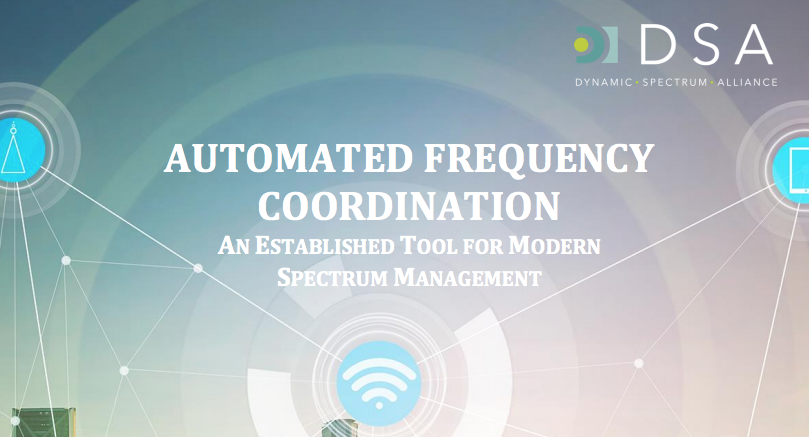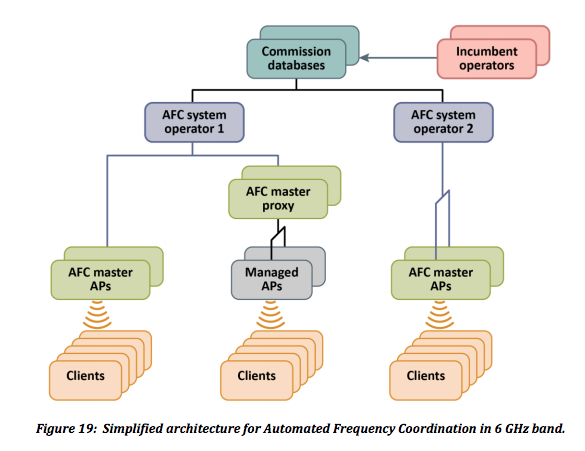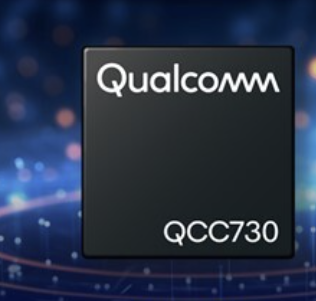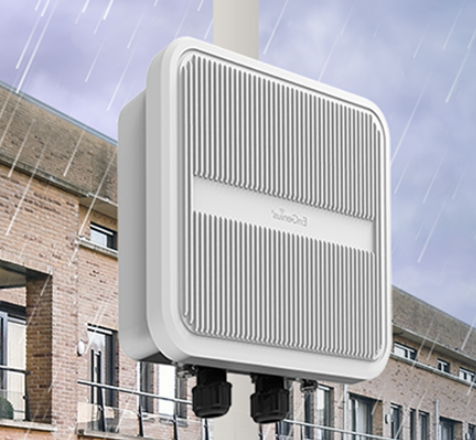
By Claus Hetting, Wi-Fi NOW CEO & Chairman
With the FCC proposing a new database lookup scheme to protect incumbent users of the 6 GHz band from future Wi-Fi interference, the concept of spectrum sharing controlled by ‘Automatic Frequency Coordination’ (AFC) is once again a hot topic in regulatory circles. But AFC is nothing new, it’s effective, and it unlocks a vast potential of unused spectrum resources, argues a new report by the Dynamic Spectrum Alliance.
For 6 GHz Wi-Fi to happen, incumbent (outdoor) users of the band will need some form of interference protection – and so to do that, the FCC (initiated by a coalition of industry partners) came up with the idea of ‘AFC’ or Automated Frequency Coordination. AFC is in essence a database lookup scheme that will permit outdoor Wi-Fi APs to use AFC-protected bands in the event that no incumbent users can be found in a particular area.
And although such a scheme may be slightly more than what the industry is accustomed to, the approach is nothing new and the industry should not be nervous or apprehensive about embracing it, concludes a new report released by the Dynamic Spectrum Alliance and authored by wireless regulation expert Michael Calabrese. In fact, schemes of this type unlock a treasure trove of new spectrum resources through effective sharing and hence results in more broadband services being made available at lower costs, the report says.
The report harks back to the golden days of switchboards, SS7 protocols, and GSM mobility to trace the evolution of the use of databases in telecoms. The use of databases for spectrum management is more recent but “has proven no less compelling as a means of achieving large-scale, low-cost, and virtually real-time access to communications capacity that would otherwise go unused,” the report says.
The report argues – and it is right, of course – that AFC is in essence the automated application of regulatory processes that to this day still go on manually, for example in the case of coordination of point-to-point microwave links. It also goes on to describe in detail the various current forms of AFC including core functions and sequential steps of the process, etc. “Putting this all together, we see that automated frequency coordination is simply a means of scaling and automating the process that the regulator authorises for any band that does not need to be exclusively licensed,” the report says.
The report goes into great detail on schemes used for example in CBRS and TVWS (as far as we know this is the only report currently in existence to analyse and present AFC comprehensively in this way) and concludes that “AFC is the closest thing there is to a spectrum ‘free lunch’ for businesses and consumers seeking connectivity at low cost.”
Fortunately for the 6 GHz band and for Wi-Fi, incumbent 6 GHz users are fixed and change very rarely, the report says. This makes the design of an AFC system for 6 GHz Wi-Fi “simpler and more streamlined” compared to for example a similar scheme for CBRS, which requires coordinated sharing with radars belonging to the US Navy.
So what is our conclusion from reading (nearly all) of this exceedingly useful report? If you need to know something about database lookup schemes for spectrum management, this is a seminal work and practically a reference guide. And although plenty of practical issues still need to be resolved, AFC is definitely the right vehicle for unleashing the full value of the 6 GHz spectrum.
The report including executive summaries are available for download on the DSA’s website here.
/Claus.

Above graphic courtesy of Dynamic Spectrum Alliance.









